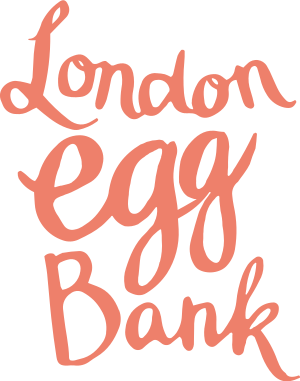Since London Egg Bank was established in 2014, we have consistently delivered some of the highest success rates in the UK in multiple age groups and for a range of treatments from egg donation to egg freezing.
We continue to pioneer new treatments and support an active research programme that drives innovation and clinical excellence.
Our success and expertise in egg freezing mean that in 2017 we became the only egg bank in the country focusing exclusively on frozen egg donation treatments. So far in our laboratories we have frozen more than 30,000 eggs and thawed more than 10,000 - the largest number in the UK.


In a recently published large study involving 559 consecutive recipients of frozen-thawed donor eggs (2017 – 2019) we have reported a live birth rate of 37.9% per embryo transfer. 'Egg donation has come home'
Altogether almost 600 babies have been born from the use of frozen eggs at London Egg Bank.
In almost all circumstances we only transfer one embryo in each treatment cycle. We are confident that transferring just one embryo will not compromise your chance of pregnancy and will reduce the risks to you and your baby from multiple pregnancies. Our goal is to give you the highest chance of success with the lowest associated risk.
Egg recipients pregnancy rate by age group
Our cumulative pregnancy rate per recipient after maximum of three embryos transfers, regardless of recipient age, is 74%. See table below.

For further clarity, in the last five years, for all age groups our cumulative clinical pregnancy (foetal heart confirmed) rate per recipient is 62%.
How many eggs do I need for my treatment?
You can choose to have egg donation treatment with a cohort of six or ten frozen eggs selected from our online data bank. If you already know that you would like to have a larger family, we advise you to select the option of ten eggs. Published studies from leading banks including London Egg Bank confirm that with 10 eggs, 50% live birth rate is achievable.
However, regardless of the number of eggs ordered, there is a small (4-5%) chance that your embryo transfer will be cancelled because of failed embryo development.
Embryos remaining in storage after first embryo transfer
If you select a cohort of six eggs, the average number of embryos we would expect to create is two or three. With a cohort of ten eggs, that average increases to four or five.
About 80-90% of our recipients had one or more embryos stored, after their initial embryo transfer, from one cohort of eggs in 2020 (see table). Embryos thus available can be used for further attempts at embryo transfer in the future.

